Acanthus Mollis: The Queen Of The Border And Her Court
Acanthus mollis: The Queen of the Border and Her Court
Acanthus mollis, or soft acanthus, is a majestic herbaceous perennial that is a favorite of gardeners for its large, dramatic leaves and showy flower spikes. It is also known as bear's breeches, because its leaves resemble the hindquarters of a bear.
Acanthus mollis is native to the Mediterranean region, but it has been cultivated for centuries in gardens around the world. It is a hardy plant that can tolerate a wide range of conditions, but it does best in full sun and well-drained soil.
The leaves of Acanthus mollis are its most distinctive feature. They are large and lobed, with a distinctive crinkled texture. The leaves can grow up to 2 feet in width, and they provide a striking backdrop for the flower spikes.
The flower spikes of Acanthus mollis are also impressive. They can grow up to 3 feet tall, and they are topped with clusters of small, pink or white flowers. The flowers are not particularly fragrant, but they are attractive to butterflies and bees.
Acanthus mollis is a long-lived plant, and it can be divided to propagate new plants. It is also relatively easy to care for. The plant should be watered regularly during the growing season, but it should be allowed to dry out slightly between waterings. Acanthus mollis does not require much fertilizer, but it may benefit from a light application of compost in the spring.
Acanthus mollis is a versatile plant that can be used in a variety of ways in the garden. It can be planted as a specimen plant, or it can be used to create a dramatic border. Acanthus mollis is also a good choice for containers, and it can be used to create a lush, tropical look.
In addition to Acanthus mollis, there are a number of other acanthus species that are popular in gardens. These include:
- Acanthus spinosus, or spiny acanthus, which has sharp spines on its leaves.
- Acanthus hungaricus, or Hungarian acanthus, which has large, heart-shaped leaves.
- Acanthus syriacus, or Syrian acanthus, which has deep green leaves and white flowers.
These acanthus species are all similar in appearance to Acanthus mollis, but they have their own unique characteristics. They can all be used to create stunning and dramatic effects in the garden.
Acanthus mollis, also known as bear's breeches, is a striking plant with large, deeply lobed leaves and spikes of white or pink flowers. It's a great addition to any garden, but it can be tricky to know which plants to pair it with.
Here are a few companion plants that look great with Acanthus mollis:
- Campanula lactiflora 'Prichard's Variety' (Milky bellflower): This tall, airy plant has blue or white flowers that bloom in summer. It's a great way to add height and contrast to your garden.
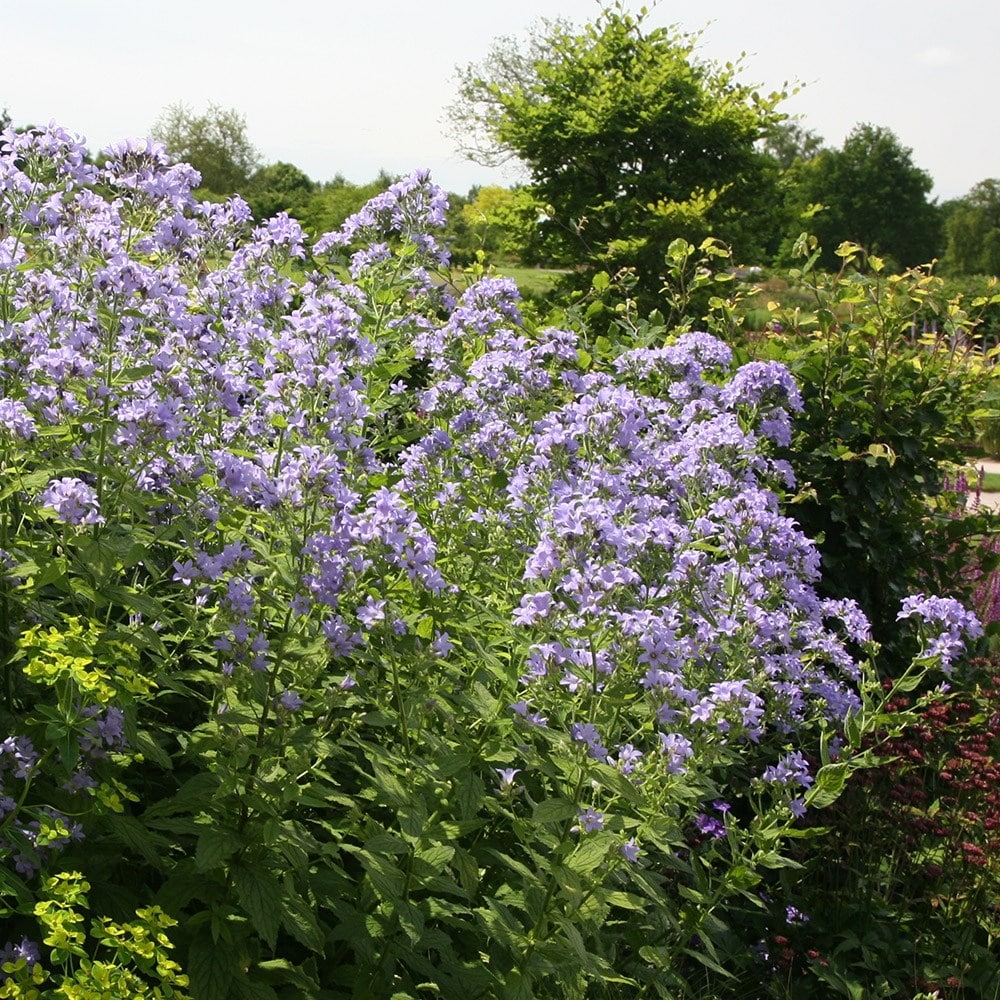
- Lysimachia punctata (Yellow loosestrife): This bright yellow plant blooms in summer and attracts butterflies. It's a great way to add a pop of color to your garden.
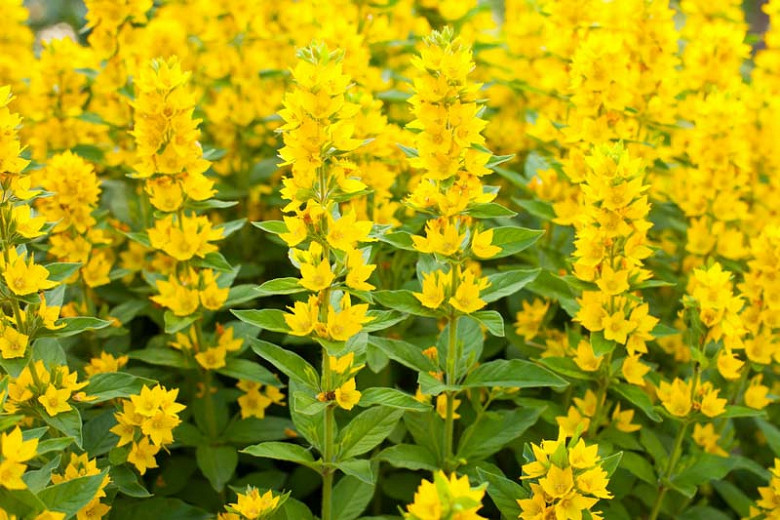
- Centranthus ruber (Red valerian): This bushy plant has red flowers that bloom in summer. It's a great way to add a touch of drama to your garden.
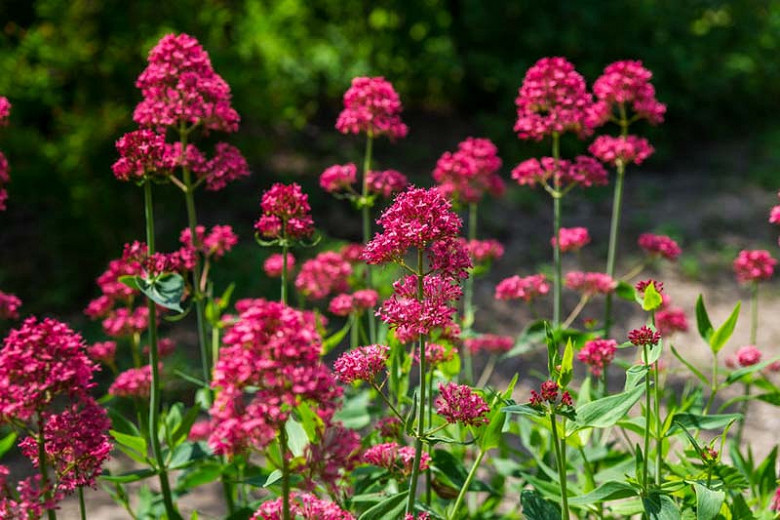
- Alchemilla mollis (Lady's mantle): This soft, fern-like plant has delicate yellow flowers that bloom in summer. It's a great way to add texture to your garden.
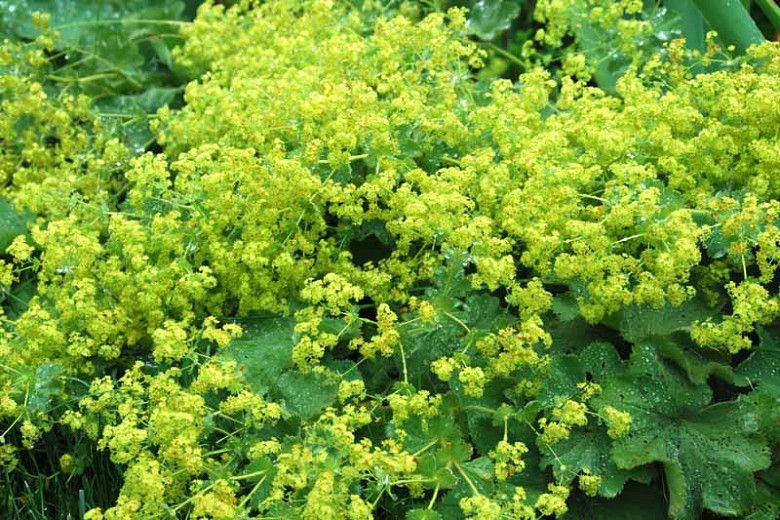
- Verbena bonariensis (Tall verbena): This tall, airy plant has purple flowers that bloom in summer. It's a great way to add height and movement to your garden.

For more information about Acanthus mollis companion plants, please visit Gardenia Inspiration.
FAQ of acanthus mollis companion plants
What are some good companion plants for Acanthus mollis?
Acanthus mollis, also known as bear's breeches, is a large, herbaceous perennial that can grow up to 6 feet tall. It is native to the Mediterranean region and prefers full sun or partial shade. Acanthus mollis is a striking plant with large, ornate leaves and spikes of white or pink flowers.
Here are some good companion plants for Acanthus mollis:
- Crocosmia: This colorful corm plant blooms in the summer and fall, providing a welcome contrast to the green foliage of Acanthus mollis.
- Hemerocallis: These daylilies come in a wide variety of colors and bloom from early summer to fall. They are a good choice for companion plants because they are both drought-tolerant and deer-resistant.
- Nepeta: This catmint is a low-growing, spreading plant that attracts butterflies and bees. It is a good choice for companion plants because it helps to deter pests.

- Verbena: This annual or perennial blooms from summer to fall and comes in a wide variety of colors. It is a good choice for companion plants because it is drought-tolerant and attracts butterflies and bees.
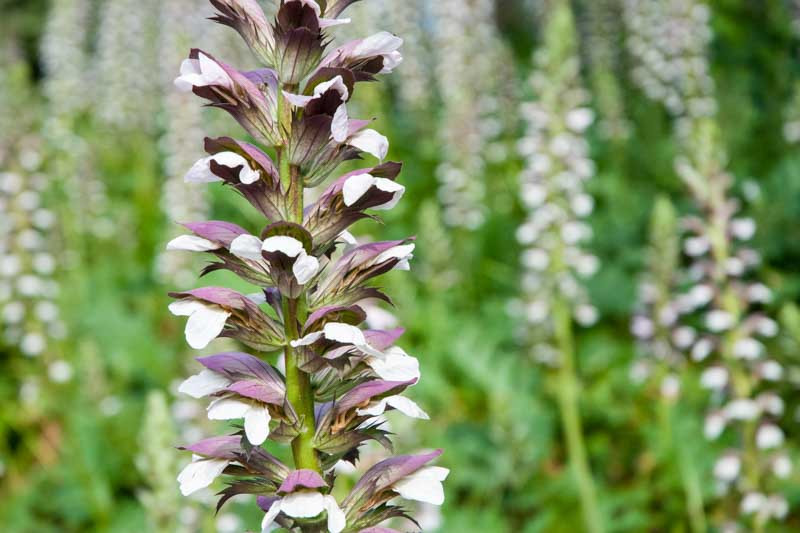
- Zinnia: This annual blooms from summer to fall and comes in a wide variety of colors. It is a good choice for companion plants because it is drought-tolerant and attracts butterflies and bees.
What are the benefits of companion planting with Acanthus mollis?
There are several benefits to companion planting with Acanthus mollis. Companion plants can help to:
- Attract pollinators: The flowers of Acanthus mollis attract butterflies, bees, and other pollinators. Companion plants that also attract pollinators can help to increase the number of pollinators in your garden, which is beneficial for both the plants and the environment.

- Deter pests: Some companion plants can help to deter pests from Acanthus mollis. For example, catmint (Nepeta) is a good companion plant because it helps to deter aphids and other pests.
- Improve soil health: Some companion plants can help to improve the health of the soil around Acanthus mollis. For example, legumes (such as clover) fix nitrogen in the soil, which can benefit other plants in the garden.
- Create a more interesting garden: Companion planting can help to create a more interesting and diverse garden. By planting different types of plants together, you can create a garden that is both visually appealing and beneficial for the plants.
What are some tips for companion planting with Acanthus mollis?
When companion planting with Acanthus mollis, there are a few things to keep in mind:
- Choose plants with similar growing conditions: Acanthus mollis prefers full sun or partial shade and well-drained soil. Choose companion plants that have similar growing conditions so that they will all thrive in the same environment.
- Consider the height and spread of the plants: Acanthus mollis can grow up to 6 feet tall. When choosing companion plants, consider the height and spread of the plants so that they will not outgrow each other.
- Plant companion plants that attract different pollinators: This will help to ensure that there are always pollinators in your garden to visit the flowers of Acanthus mollis.
- Experiment with different combinations: There are no hard and fast rules when it comes to companion planting. Experiment with different combinations of plants to see what works best in your garden.
What are some common mistakes to avoid when companion planting with Acanthus mollis?
Here are a few common mistakes to avoid when companion planting with Acanthus mollis:
- Planting incompatible plants: Some plants are incompatible with each other and can compete for resources or even harm each other. Do some research before planting companion plants to make sure that they are compatible.
- Not considering the size of the plants: Acanthus mollis can grow quite large. If you do not consider the size of the plants when you are planting them, you may end up with a garden that is too crowded.
- Not watering the plants properly: Acanthus mollis needs regular watering, especially during hot, dry weather. If you do not water the plants properly, they may not thrive.
Image of acanthus mollis companion plants
- Geranium - Geraniums are a good choice for companion plants for Acanthus mollis because they have similar water and soil requirements. They also help to deter pests and diseases.

- Lavender - Lavender is another good companion plant for Acanthus mollis because it helps to repel pests and diseases. It also has a lovely fragrance that can help to mask the smell of Acanthus mollis's roots, which can be unpleasant to some people.

- Agapanthus - Agapanthus is a beautiful flowering plant that can be grown alongside Acanthus mollis. It prefers full sun and well-drained soil, just like Acanthus mollis.
- Catmint - Catmint is a low-growing plant that is perfect for filling in the gaps around Acanthus mollis. It also attracts bees and butterflies, which can help to pollinate Acanthus mollis's flowers.

- Verbena - Verbena is a colorful flowering plant that can be grown alongside Acanthus mollis. It prefers full sun and well-drained soil, just like Acanthus mollis.

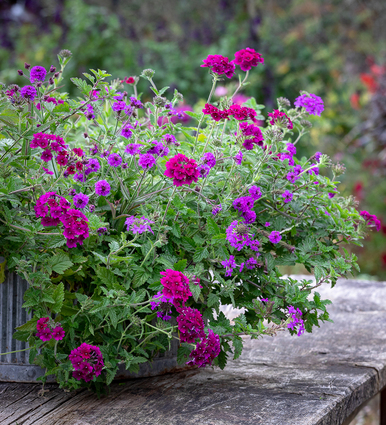
Post a Comment for "Acanthus Mollis: The Queen Of The Border And Her Court"